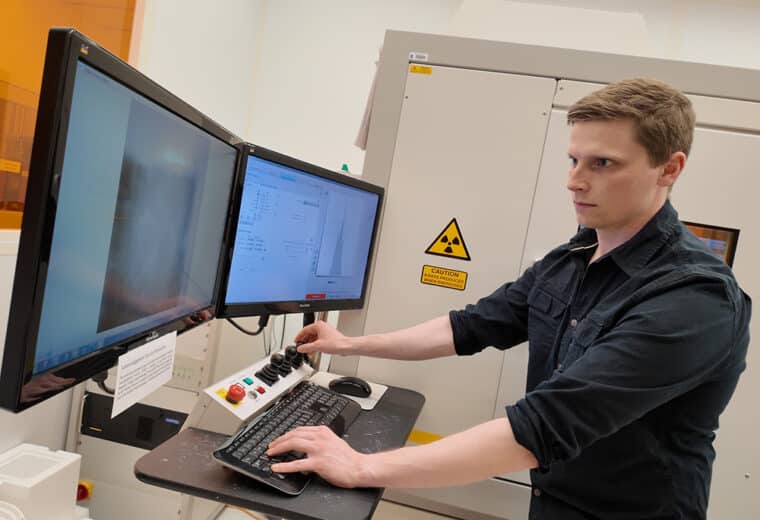
The Rocket Scientist Behind Duke’s AI Push: A Conversation With Provost Alec Gallimore
With an appointment in MEMS, Gallimore discusses his role as provost, Duke’s academic priorities and shift toward AI.
We’re sorry—the news story you were looking for has been archived.
Please see the most recent stories below.

With an appointment in MEMS, Gallimore discusses his role as provost, Duke’s academic priorities and shift toward AI.

Duke’s Artificial Intelligence for Materials (aiM) program trains graduate students to use AI to accelerate materials discovery.

Mechanical Engineering & Materials Science faculty and students presented on engineering ethics, robotics education, k12 outreach and more at ASEE in Montreal.